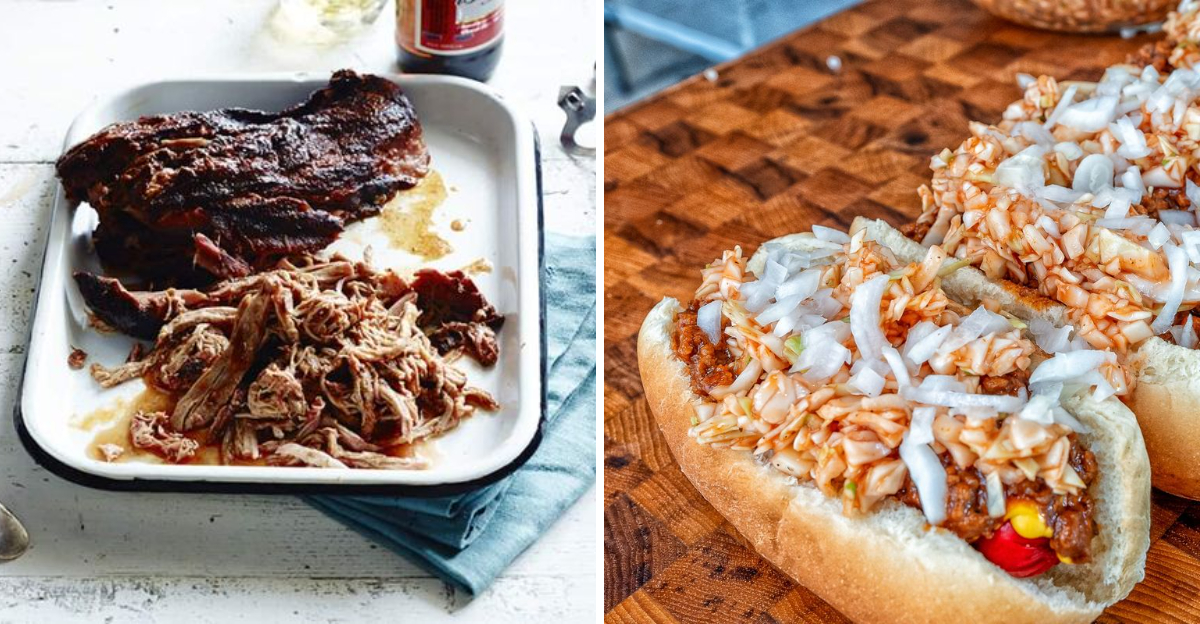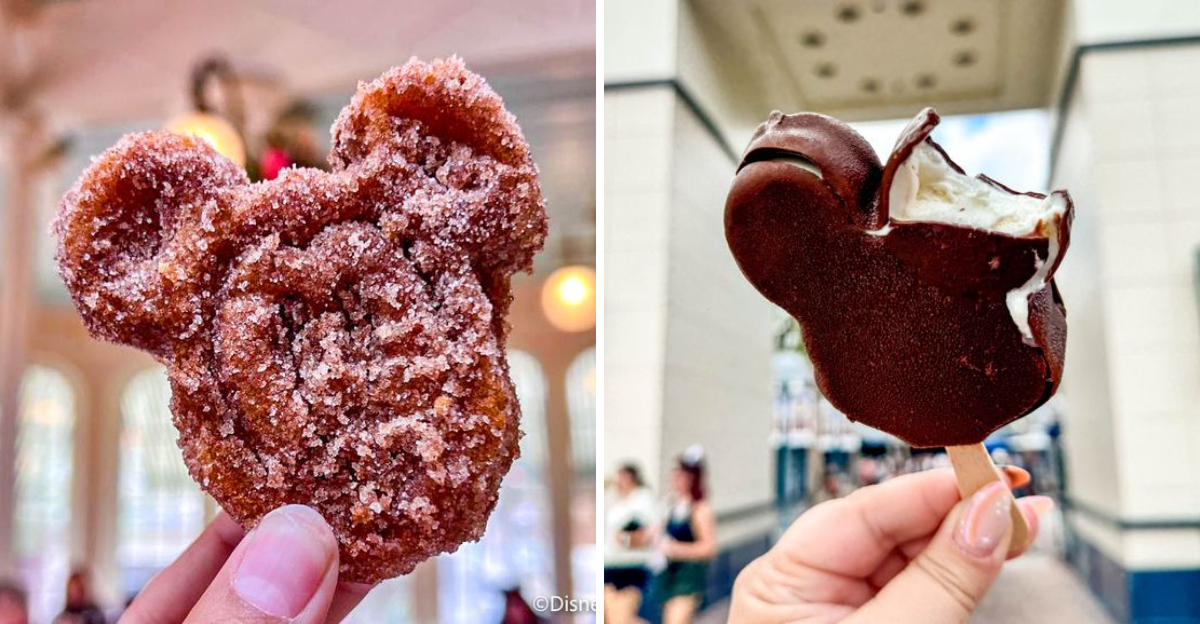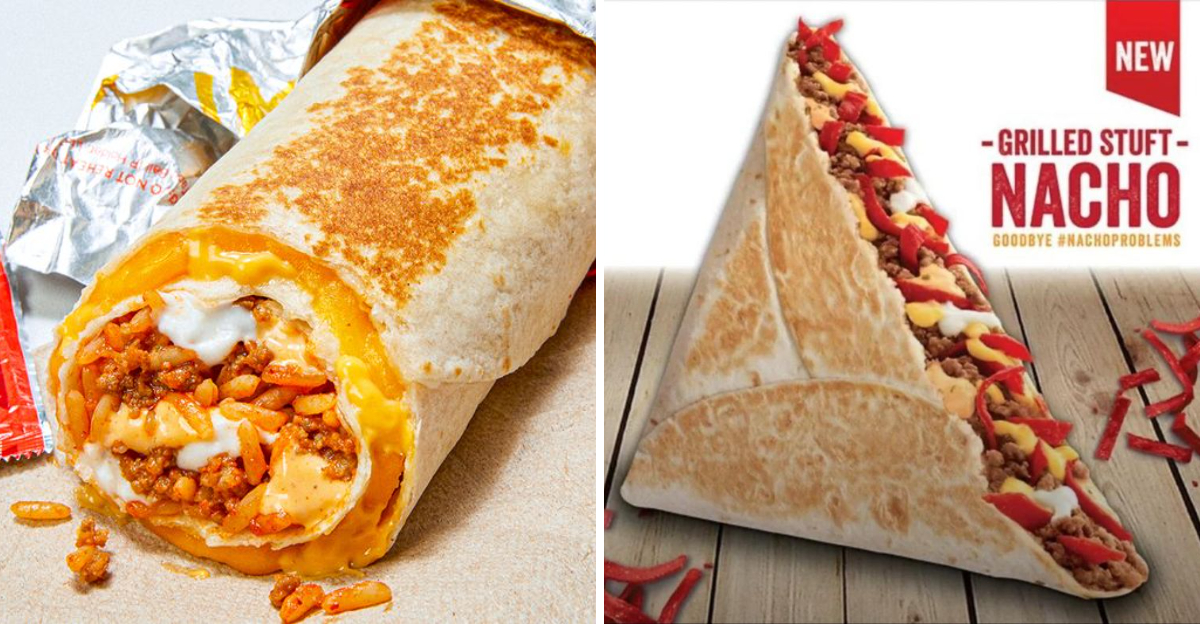We Ranked 15 Fruits By Glycemic Impact, Here’s What You Should Skip
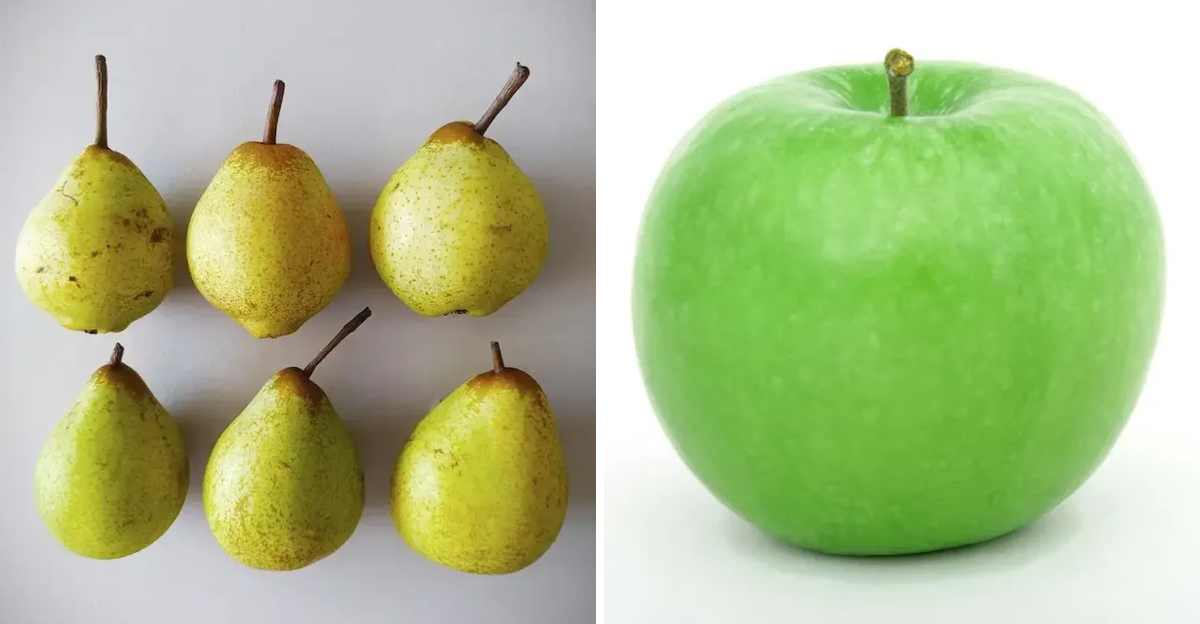
Glycemic impact can make the difference between steady energy and a rollercoaster afternoon. If you have blood sugar goals or you just want fewer crashes, choosing the right fruit matters more than you think. I ranked popular picks from gentlest to most spiky so you can grab what works and skip what does not. Let’s get you enjoying fruit without the surprise spikes.
1. Cherries

Cherries sit at the top for a reason. With very low GI and very low GL per cup, they deliver a slow rise that keeps energy even. You get juicy sweetness without the surge you might feel from other fruits.
Toss a handful into yogurt or fold into a cottage cheese bowl for extra protein. The pairing helps blunt glucose even more while adding creaminess. If you like dessert, a small cherry compote over Greek yogurt feels indulgent yet steady.
2. Grapefruit

Grapefruit earns a low GI and low GL per half fruit, so it brings bright flavor with controlled impact. The tartness helps slow sips and bites, which naturally moderates intake. Expect a gentle rise rather than a spike.
Eat half with a sprinkle of salt or a spoon of cottage cheese for staying power. If medication interactions are a concern, check with your clinician first. Otherwise, segment it into salads where its acidity balances richer ingredients.
3. Blackberries

Blackberries are fiber powerhouses with low GI and very low GL per cup. Big fiber equals a small glucose bump, making them easy to integrate daily. You also get antioxidants and a satisfying tart edge.
Toss them over chia pudding or blend a few into a protein smoothie. Because the GL is so low, a full cup still feels sensible. Rinse, chill, and keep them front and center in the fridge for quick reach.
4. Raspberries

Raspberries mirror blackberries with low GI and very low GL per cup. Their seeds and fiber slow digestion, so you get volume without a sugar rush. The subtle sweetness keeps cravings in check.
Top a bowl of oats or swirl into plain yogurt for texture. Because they are light, you can go generous without worry. If you crave dessert, mash raspberries with lemon and spoon over frozen yogurt for a quick fix.
5. Apples

Apples carry a low GI and low GL per medium fruit, thanks to pectin fiber that steadies release. Eat the peel for the full benefit, since that is where much of the fiber lives. The crunch also slows bites and helps satiety.
Pair slices with peanut butter or cheddar to add fat and protein. That combo keeps energy smooth for hours. Choose smaller apples if you prefer tighter portions without losing satisfaction.
6. Pears

Pears are low GI and low GL per medium fruit, and they are juicy enough to feel indulgent. Their soluble fiber helps moderate digestion and tame glucose. Because they travel well, they make a simple office snack.
Look for slightly firm pears to avoid overripe sugar rush vibes. Slice over arugula with walnuts for a satisfying lunch. You will get sweetness, crunch, and steady energy in one plate.
7. Oranges
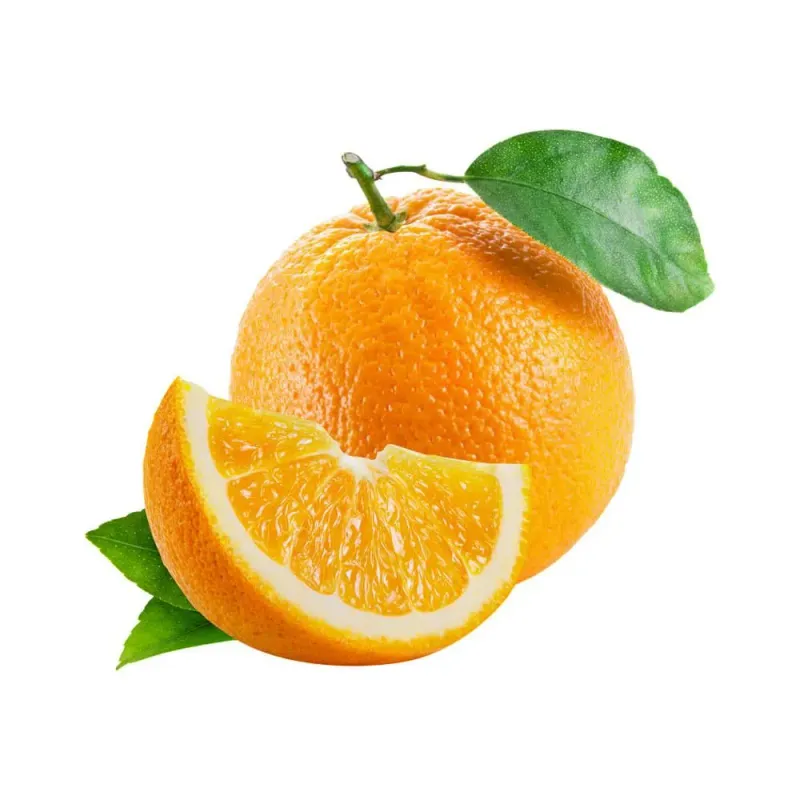
Oranges have a low GI and low GL per medium fruit, and the intact segments add fiber that juice lacks. Whole beats juice when you want stability. The hydration factor is a nice bonus.
Peel and eat slowly, or chop segments into a fennel salad. If you crave juice, mix a splash into sparkling water instead. You keep flavor while reining in the sugar load.
8. Peaches
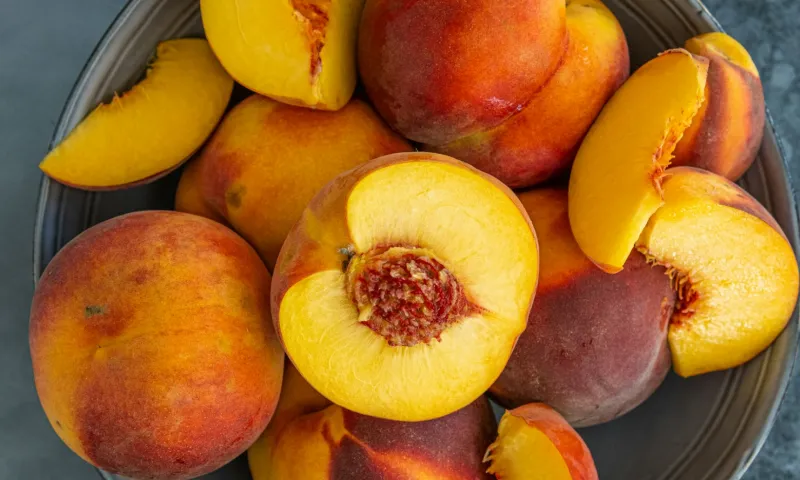
Peaches land in the low to moderate GI zone with a low GL per medium peach. Choose just ripe, not overly soft, to avoid a faster hit. Their floral sweetness makes small portions feel big.
Slice over ricotta with a drizzle of balsamic for balance. You get cream, acid, and fruit in one smart plate. Grill halves if you want dessert vibes without leaning on sugar.
9. Plums

Plums sit in the low to moderate GI range and low GL per two small plums. Their tart sweet profile encourages mindful bites. The skin adds fiber that slows the rise.
Keep a couple in your bag for portion smart snacking. They satisfy quickly without tipping you over. For dessert, slice and chill with a squeeze of lime for extra zing.
10. Kiwi
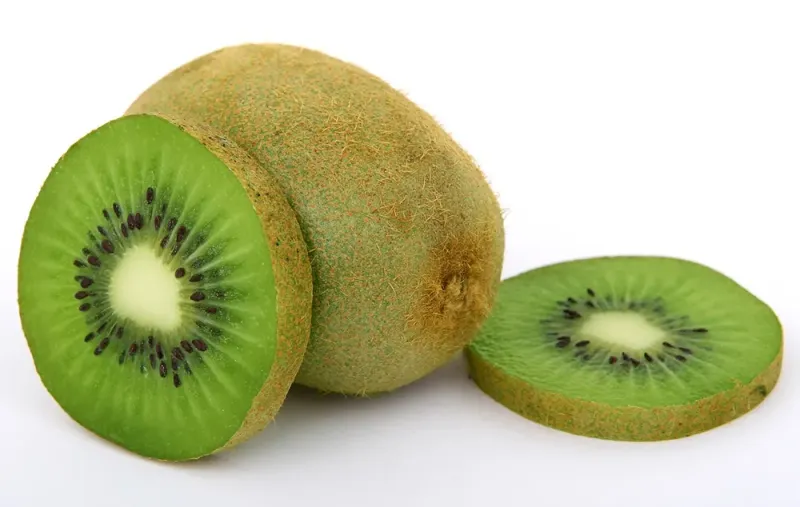
Kiwi brings a moderate GI but a low GL when you eat two fruits. The vitamin C hit is huge, and the fiber in the seeds helps. You get tangy sweetness with a restrained impact.
Scoop with a spoon or dice into yogurt with granola. If texture is a concern, peel gently to keep more flesh. Pairing with protein steadies the curve further.
11. Grapes
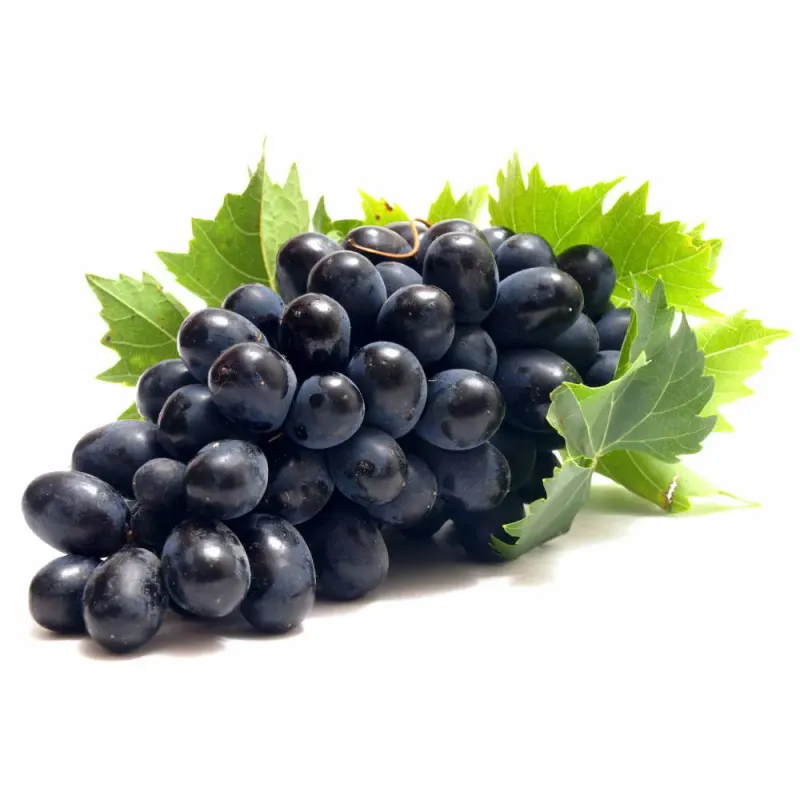
Grapes clock moderate GI and moderate GL per cup, and they are easy to overeat. Pre portion a small handful to stay in control. The skin gives fiber but not enough to fully blunt a fast chew.
Freeze a few for slower snacking and better pacing. Or add five to a cheese board rather than a full cup. You get the flavor pop without the surge.
12. Mango

Mango sits at a moderate GI with a moderate GL per cup, so portions matter. Dice it into salsa with jalapeno, lime, and cucumber to stretch flavor. You keep the tropical vibe while lowering sugar per bite.
Serve a few cubes over Greek yogurt for balance. If a smoothie calls your name, limit mango to a small handful and add protein. That keeps the curve smooth and the taste bright.
13. Pineapple

Pineapple ranges moderate to higher GI with a moderate GL per cup. It can spike faster than other tropical fruits. Pairing with cottage cheese or yogurt helps blunt the rise.
Consider grilling slices to concentrate flavor so you can use less. A few chunks go a long way in salads or salsas. Keep portions measured and you still get that sunny sweetness.
14. Banana (Ripe)
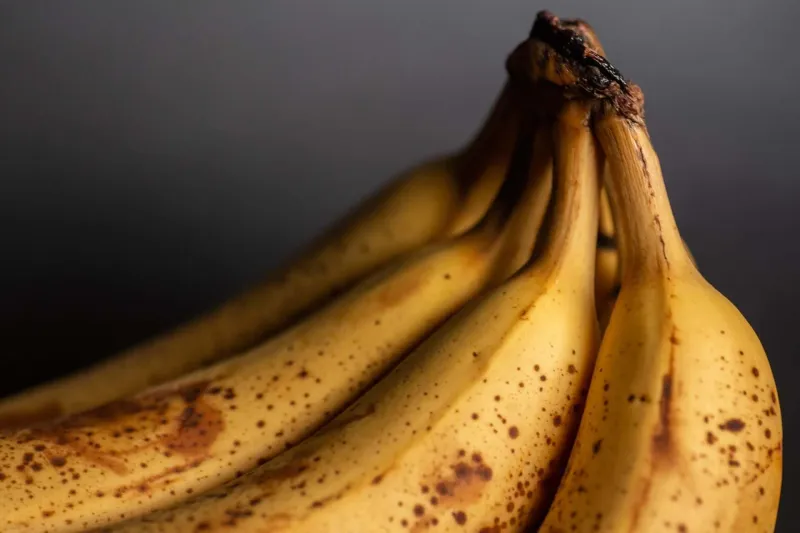
Ripe bananas trend moderate to higher GI, and GL is moderate per medium fruit. As bananas ripen, sugars free up and raise impact. Choose slightly green for a gentler curve.
If you love them, halve the portion and add nut butter for staying power. Slicing over oats with chia helps too. You get the comfort factor while keeping spikes in check.
15. Raisins & Dates (Dried Fruit)
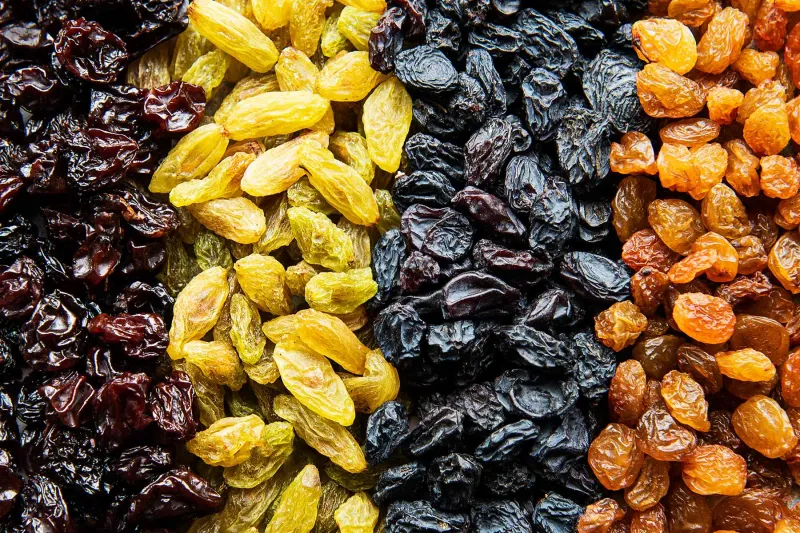
Dried fruit concentrates sugar, so GI can be moderate but GL is high even in small portions. That density means a powerful spike potential. Use sparingly and aim for sprinkle not handful.
Fold a few into trail mix heavy on nuts and seeds. Or chop one date into a yogurt bowl for controlled sweetness. When in doubt, choose fresh fruit first and keep dried pieces intentional.

